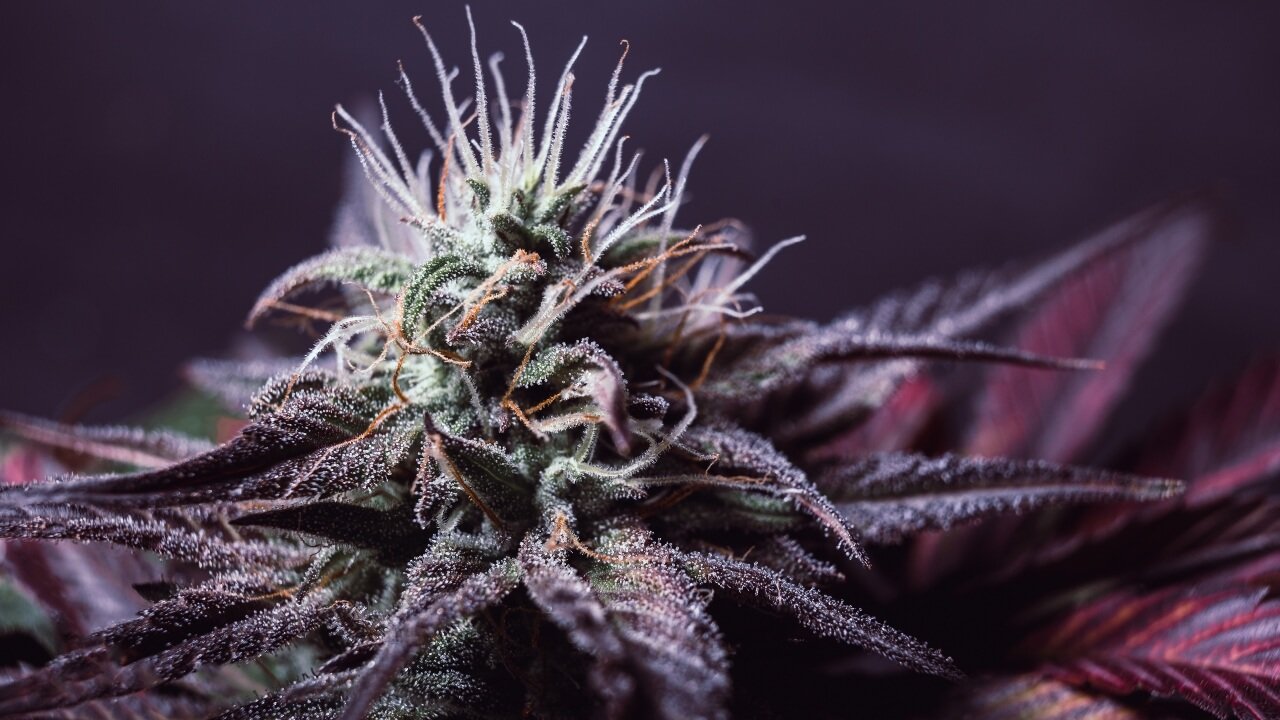The cannabis industry is undergoing a significant shift as consumer tastes evolve beyond a singular focus on THC potency. For many years, store menus prominently featured THC percentages, while consumers chased the highest numbers. This has led to a breeding culture that prioritizes THC content, often at the expense of other essential characteristics that make marijuana unique.
However, recent trends indicate that branding, packaging, and promotions are also heavily influencing consumer choices. The traditional $200-per-ounce deal has transformed into $100 mix-and-match specials, allowing consumers to explore a wider variety of terpene profiles and effects. Much like craft beer enthusiasts enjoy curated tasting flights, cannabis users are now seeking diversity in their experiences. As a result, maintaining quality while adapting to these fast-changing consumer preferences is crucial for cannabis businesses.
Historically, marijuana breeding prioritized aroma, flavor, and nuanced effects. Strains were selected based on their unique terpene profiles, which ranged from sweet and floral to earthy and gassy. However, the rise of lab testing and commercialization shifted the focus predominantly to THC content, resulting in a homogenization of available genetics. This change has had significant impacts on the market, as the emphasis on THC has overshadowed the complexity of the entourage effect—the interaction between cannabinoids, terpenes, and other compounds that shape a strain’s overall experience. Researchers, including the late Raphael Mechoulam, have long studied this intricate interplay, emphasizing that THC is just one component of a much larger picture.
Despite the drawbacks of this THC-centric industry focus, high-potency strains continue to play a vital role. Extractors often depend on THC-rich cultivars for efficient processing, and many consumers genuinely prefer stronger psychoactive effects. Nevertheless, it is important to note that high potency does not necessarily mean sacrificing flavor or complexity. Various high-THC strains, such as GMO, Gush Mints, Jenny Kush, ChemDog, and certain Gelato phenotypes, also feature rich terpene profiles while delivering powerful effects. This challenges the misconception that high-THC marijuana lacks depth; in fact, some of the most flavorful cultivars on the market are also among the most potent.
The evolution of the cannabis market closely parallels trends seen in the craft beer industry. Over time, mass-produced lagers have lost popularity in favor of artisanal brews with unique flavor profiles. Similarly, in states with established marijuana markets like California, Colorado, and Oregon, consumer demand is increasingly leaning toward high-quality flower and premium products such as hash rosin. Just as beer drinkers have moved beyond a simple focus on alcohol percentages to appreciate complexity in taste, marijuana consumers are beginning to value experiences that go beyond mere THC levels.




